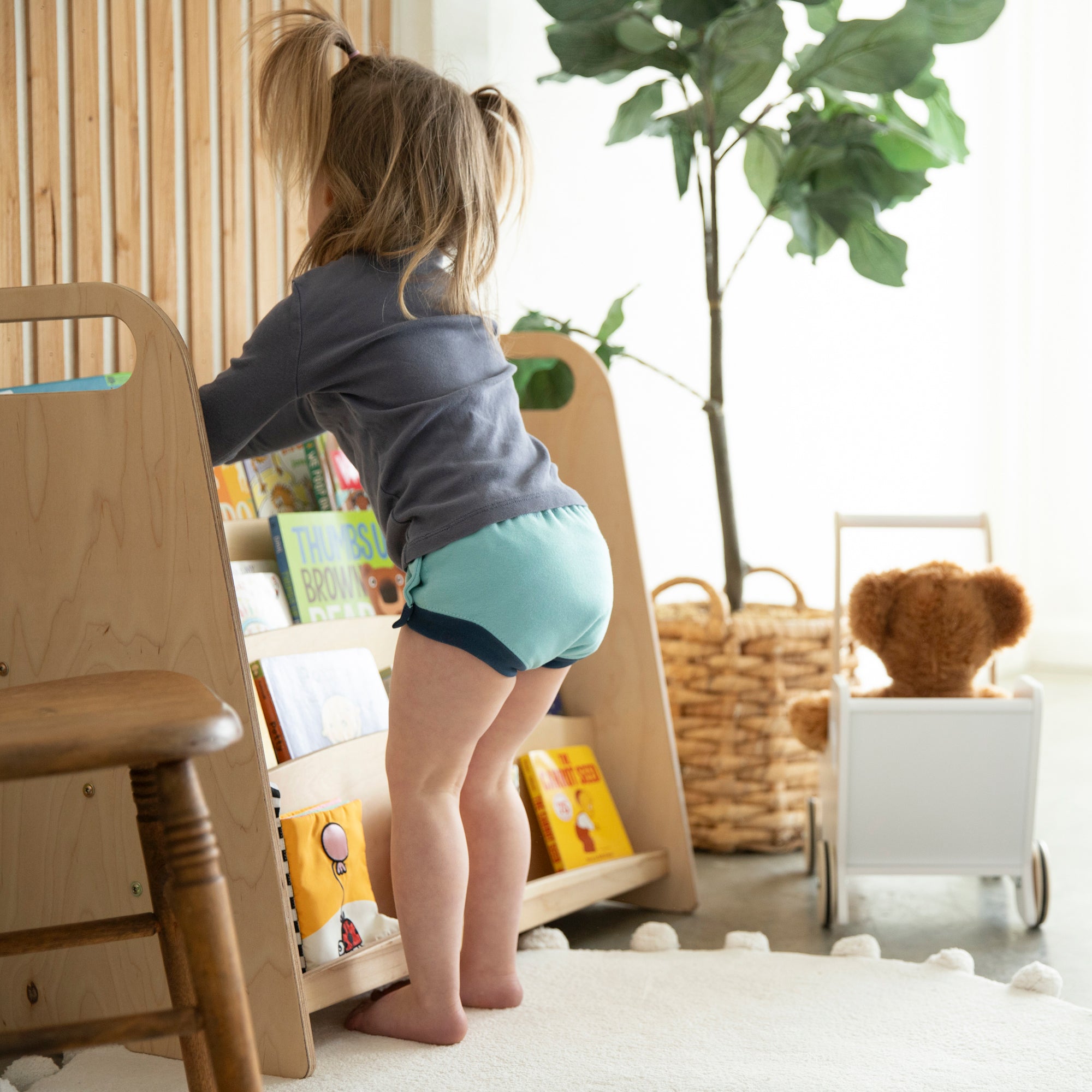“I’ve got plenty to be thankful for,” Bing Crosby sang in the movie “Holiday Inn”. He was actually rather down-in-the-dumps that Thanksgiving, but of course everything came out swell by Christmas - as they usually do in old movies. (Probably why I love them so much.) This year, I’ve found myself humming that song for over a month - but sincerely. In a world full of SO much strife, negativity, hatefulness, and sadness (the list goes on), it’s easy to get down. But thanks to the birth of our third child, the sudden explosion of our middle daughter’s personality (why is it that two brings their true selves forth? It’s a burst of joy wrapped with a cantankerous bow), and the success that our oldest son has had transitioning to - and blossoming in - kindergarten has given both my husband and I new energy and reason to be truly grateful. Add to that a near-constant reminder of just how lucky we are - when we hear a horrible news report or when a dear friend’s newborn daughter undergoes emergency surgery or when we see all the need hanging from a charity Giving Tree - and we’re REALLY feeling the gratitude this year. But, how does that translate to the kids? Our older son understands things pretty deeply but is still in “the world revolves around me” mode (which, at 5, I guess he should be...for the most part), but a 2-year-old and 1-month-old...well, it falls on deaf ears, obviously. Again, as it should. Ever since I wrote this post about teaching toddlers about gratitude, I’ve realized that, yes, those ideas are great - and I’ll try one or two with our son (and, in a superficial way, our 2-year-old) this year - but there’s an even better way to teach them about being thankful and, in turn, the meaning of Thanksgiving. Ready to hear it?
As with a lot of things, the best way to teach something is to DO and SHOW it. So, by actively showing - and talking about - the things you feel grateful for, it’s more likely to stick in a child’s mind. This actually requires us to be more present and mindful in each moment. When it comes to our gratitude for our children and loved ones, there are many ways to show them. Instead of finding ourselves growing frustrated about a messy, toy-strewn living room, taking a moment to sit with our children and play along with whatever they’re doing. When we hear one of our kids say something absolutely priceless, stopping to tell them why you found it hilarious or insightful or special. The list goes on, but by SHOWING and occasionally TELLING them that you care about their imaginations, their individuality, their activities, you’re showing them that it’s okay to be openly thankful. The “present and mindful” technique can actually be pretty challenging at times, especially if we’re naturally temperamental. I’m the type who sees the mistake and not the immense effort behind the completed work; needless to say, with three kids and a super sweet, overly apologetic husband, I’m working on this! Taking the time to look at the “why” behind our son’s behavior (he’s a helper and sometimes makes poor choices trying to help TOO much, for example) or seeing that my husband was trying to help out by cooking (and not analyzing what he cooked and how he did it differently from the way I do it) are skills that need to be honed and worked on regularly. I also think that it’s okay to show thanks for the things that we have. Without being altogether materialistic (we’re actually trying to live more minimally), I don’t think that it’s too much for our kids to be aware that some people are living with less - or nothing at all - and that we should truly be grateful and care for the things that we do have. I feel that discussing this in an honest, open-minded way rather than as a “there are starving people in the world, eat your broccoli!” lecture gets a lot further with kids and stays in their minds much longer. This is where seeing your actions come in. Being sure that when you’re going through old or unwanted things that you make an effort to donate them (rather than throwing them away), putting a dollar bill in a red kettle, or sponsoring a person in need for Christmas and getting your child involved in selecting their items are all ways to engage them in being grateful for what you have - by helping others. And in a very real way, those things that we feel all too guilty about - like screen time or finding down time for ourselves - shouldn’t be nixed altogether. Find a balance, be grateful, then give yourself the OK to enjoy it! By coming to terms with your own rules (whatever you’re comfortable with) about, for example, using your smartphone, just be sure that you include a chat with your kids about it. By saying something like, “we’re lucky to have this technology, but we shouldn’t let it run our lives; I’m going to limit my phone time during mealtimes and when we’re playing together, but there will be other times that I may want to share a funny story or picture with my friends or read an article. It’s one way that I have fun, just like you enjoy playing, and I’m grateful to have it, although it’s never more important than you are”, you’re starting a more connected, trusting technological dialogue that will hopefully continue for years. This also applies to areas of self care, but you're also modeling that you know that you can't properly care for the kiddos without also taking care of your own needs, which is a HUGE lesson for the whole family to learn and support.
While overall this is an exercise in gratitude, it’s also a way to make Thanksgiving last for more than just one day (much as many of us wish that the goodwill and joy behind the Christmas spirit would carry through the rest of the year). It’s about being more aware and taking little moments everyday to spread positivity and enjoy your loved ones and how lucky you are - because you really never know what could happen from one day to the next.
What’s your favorite way to teach your child(ren) about gratitude and being thankful? We’d love to hear some additional tips in the comments below.





